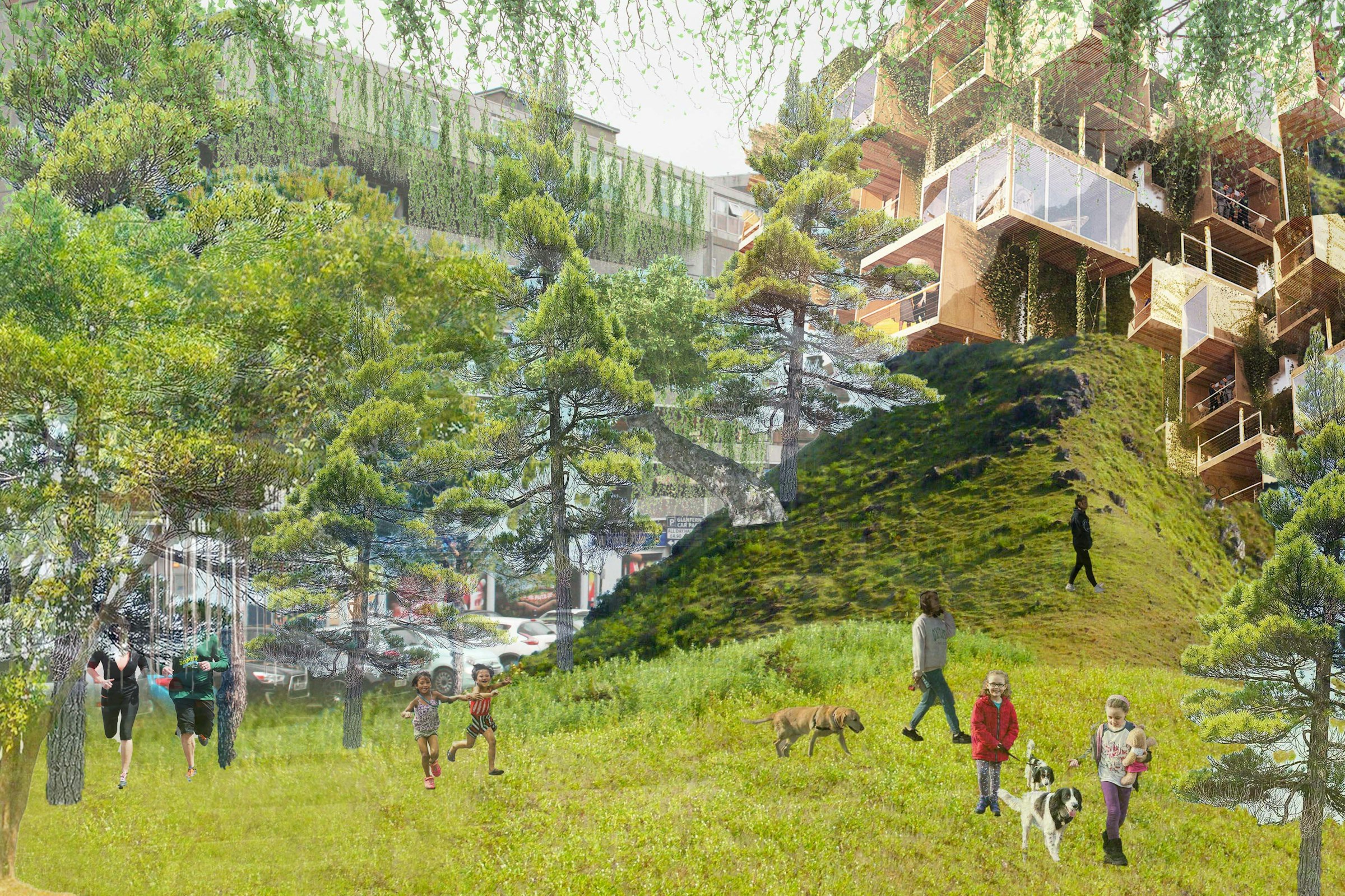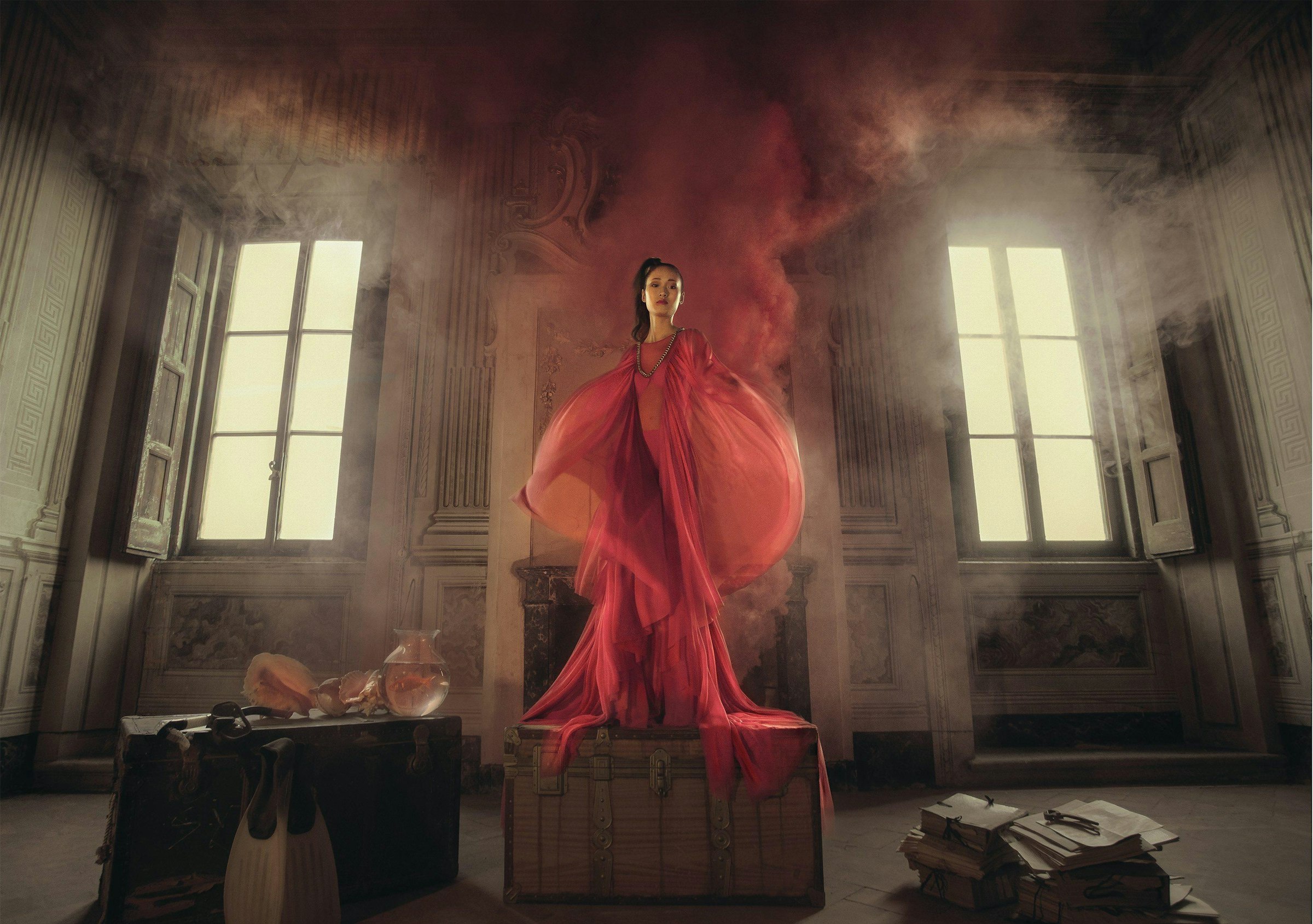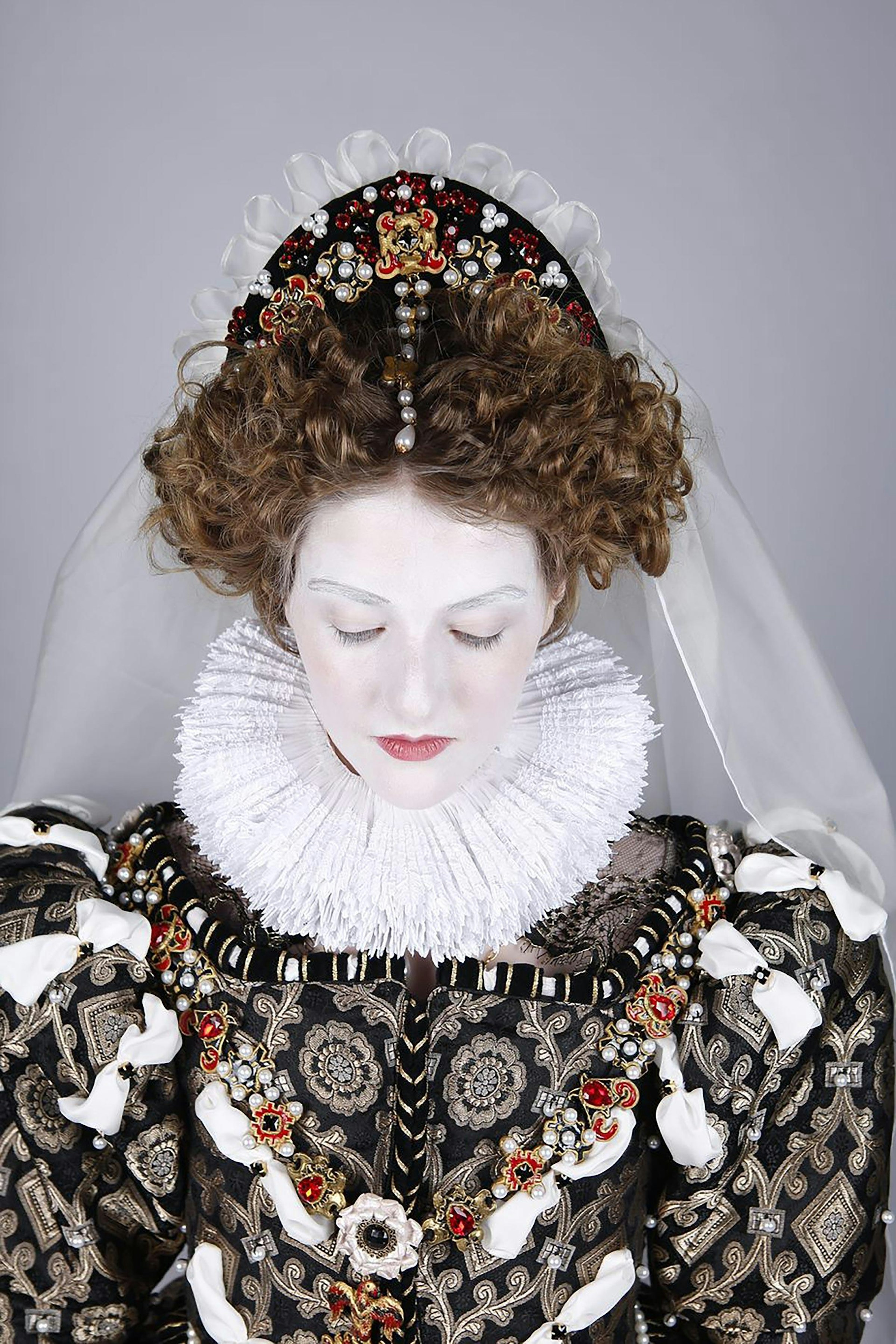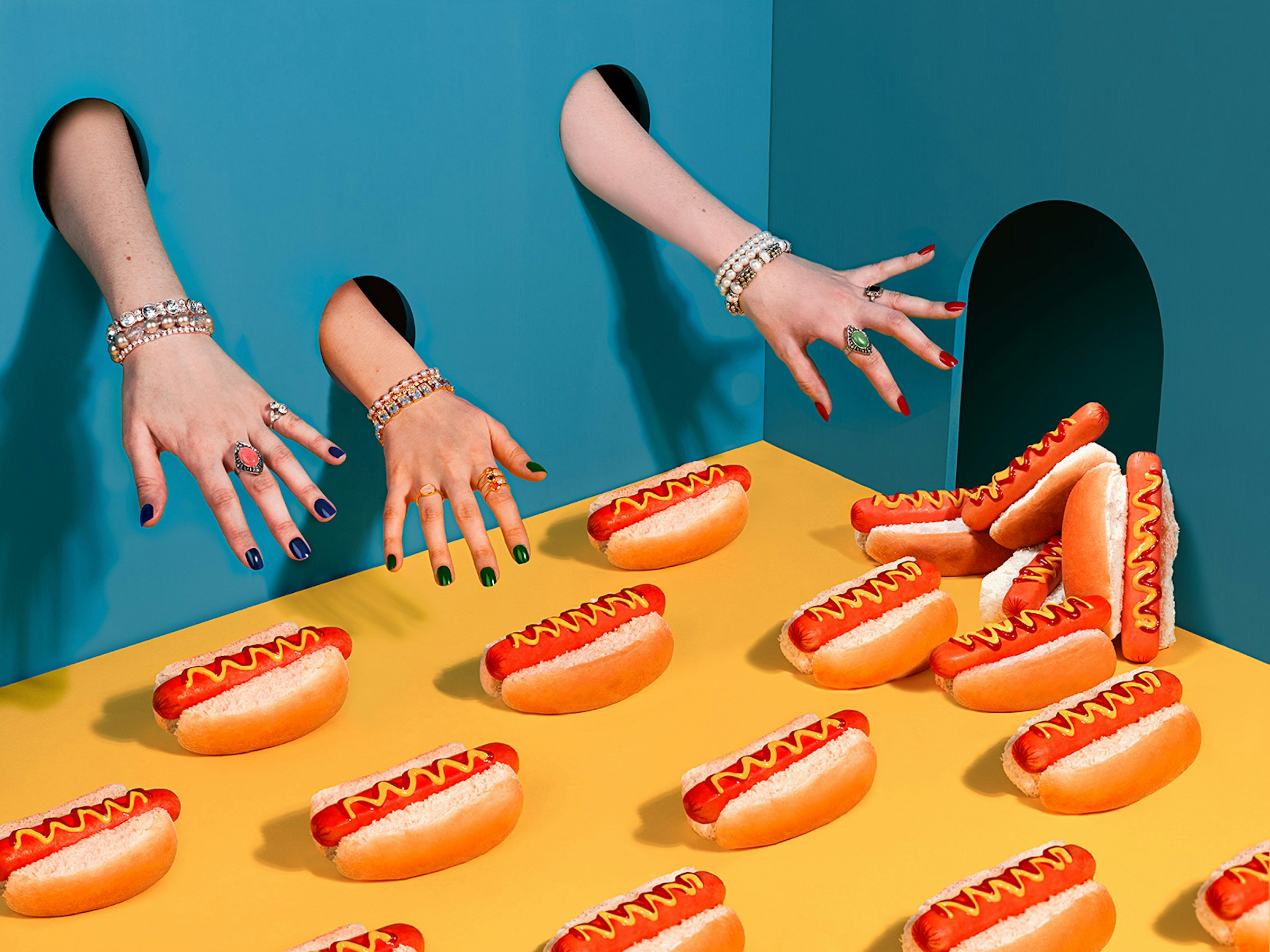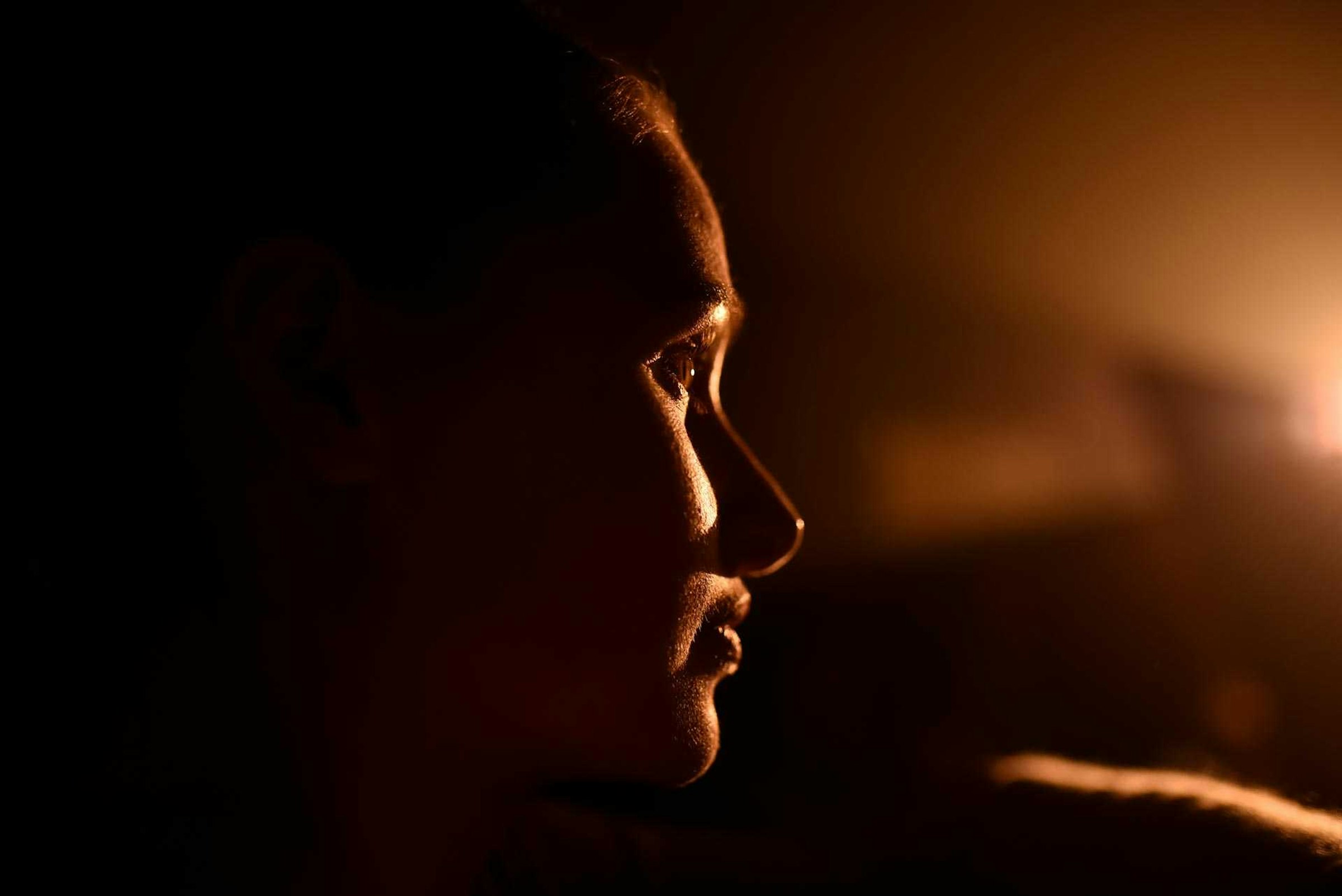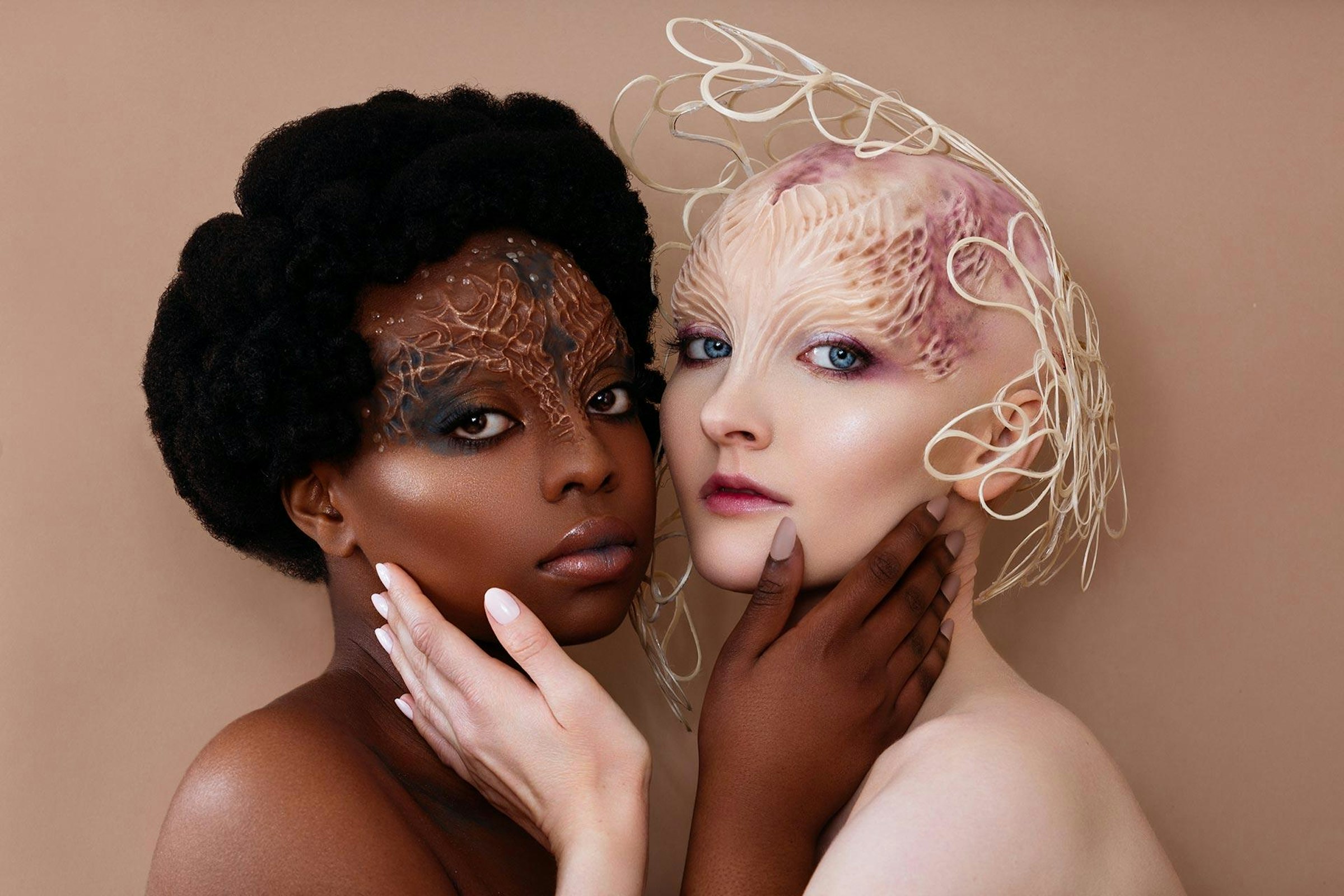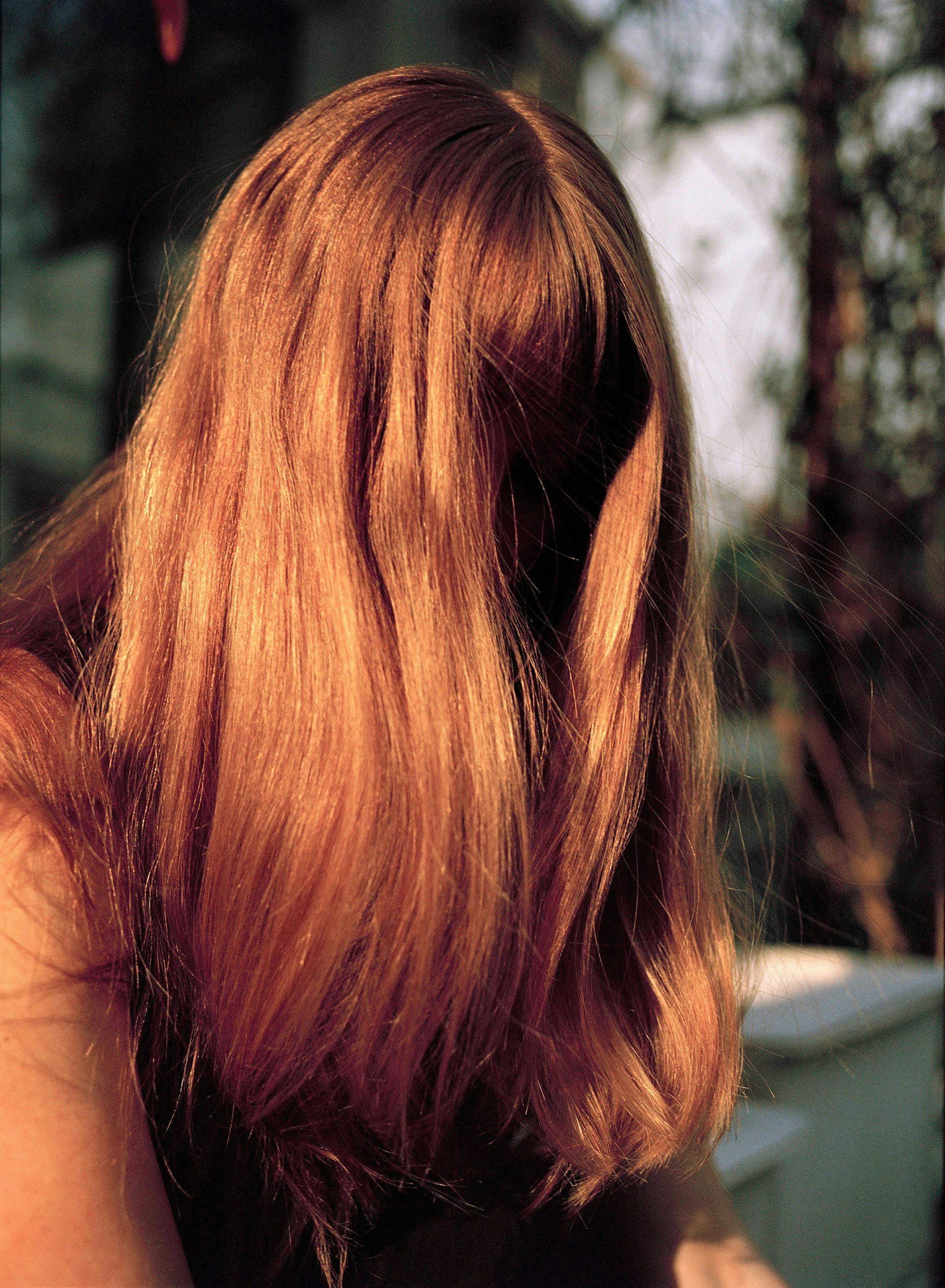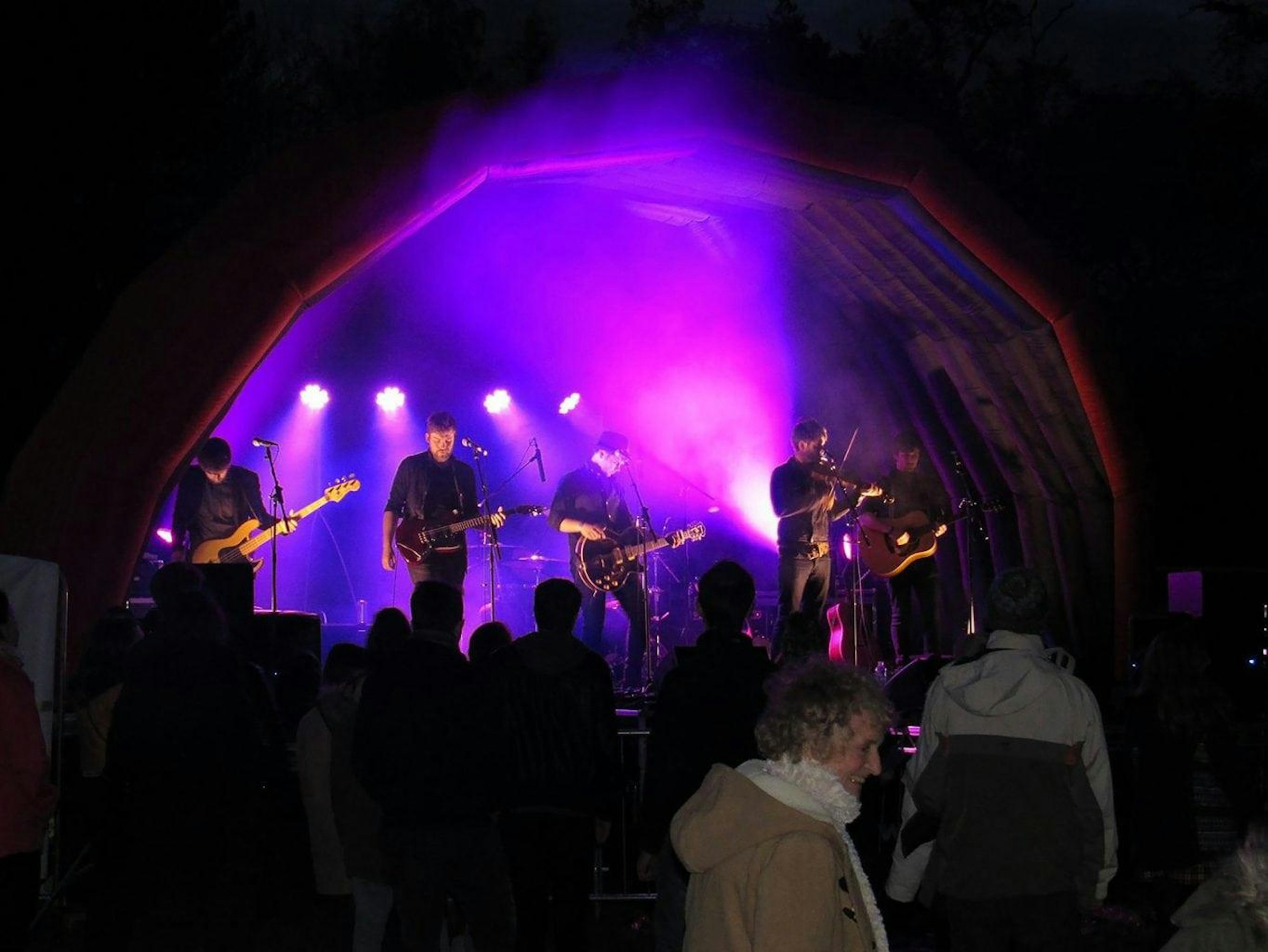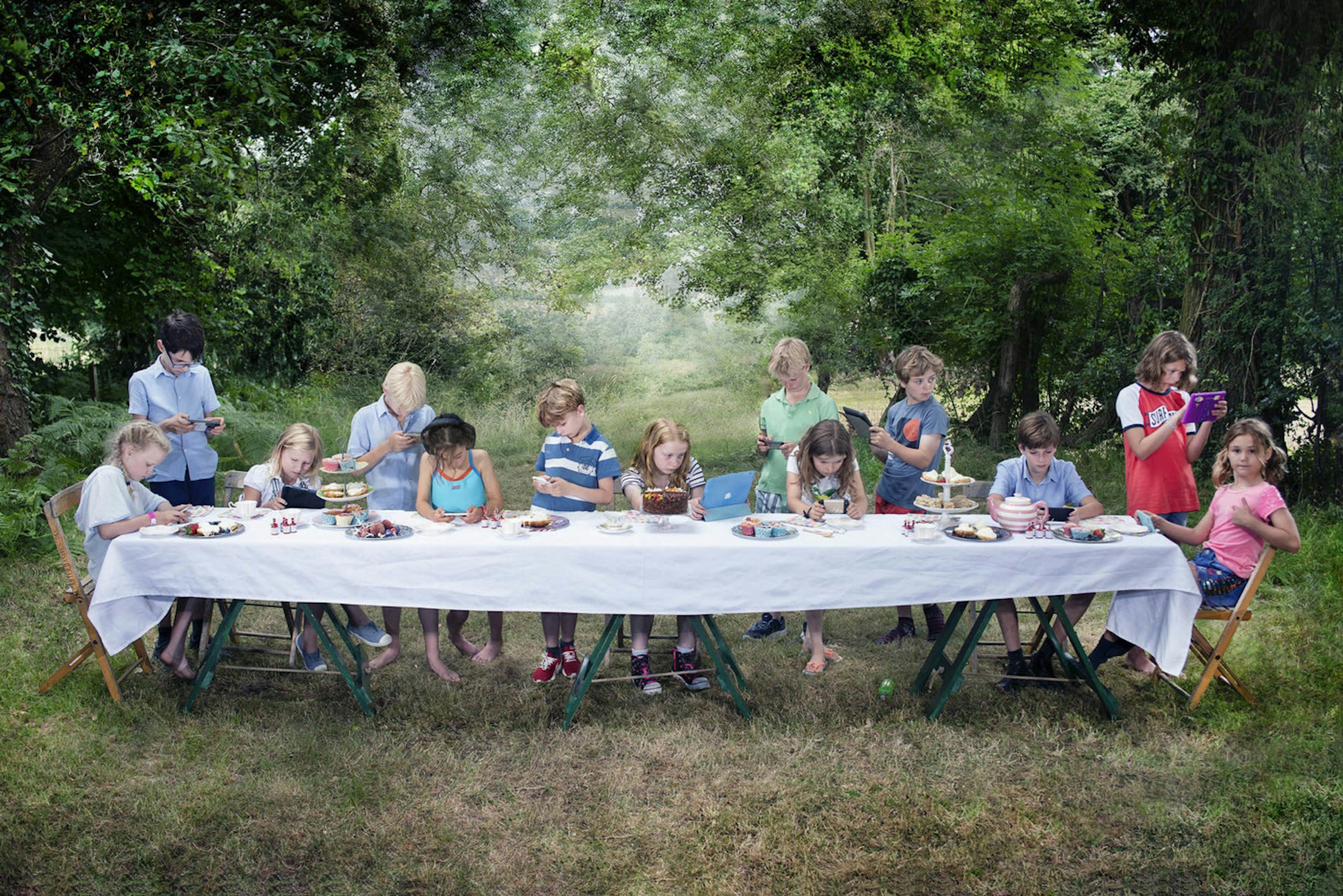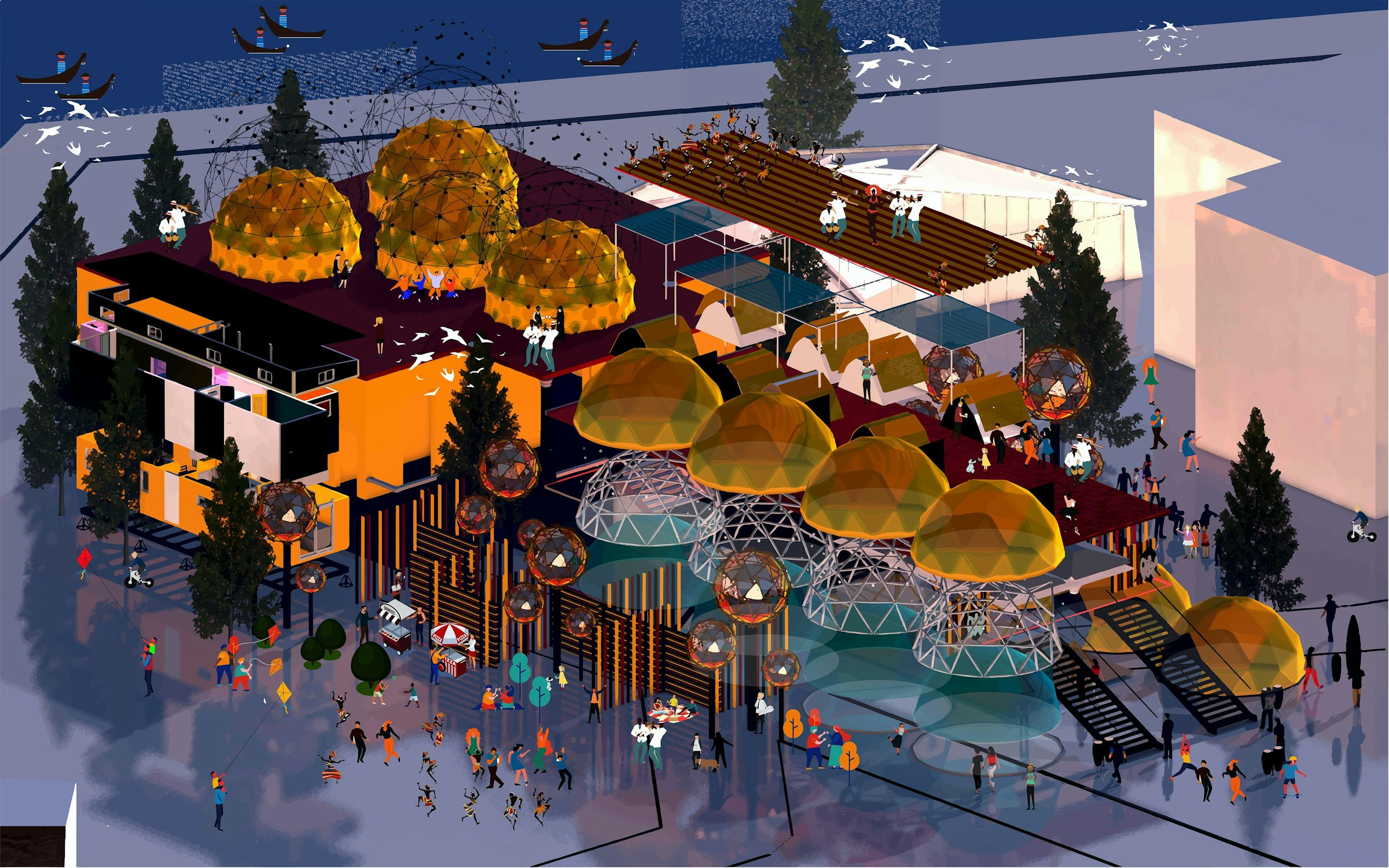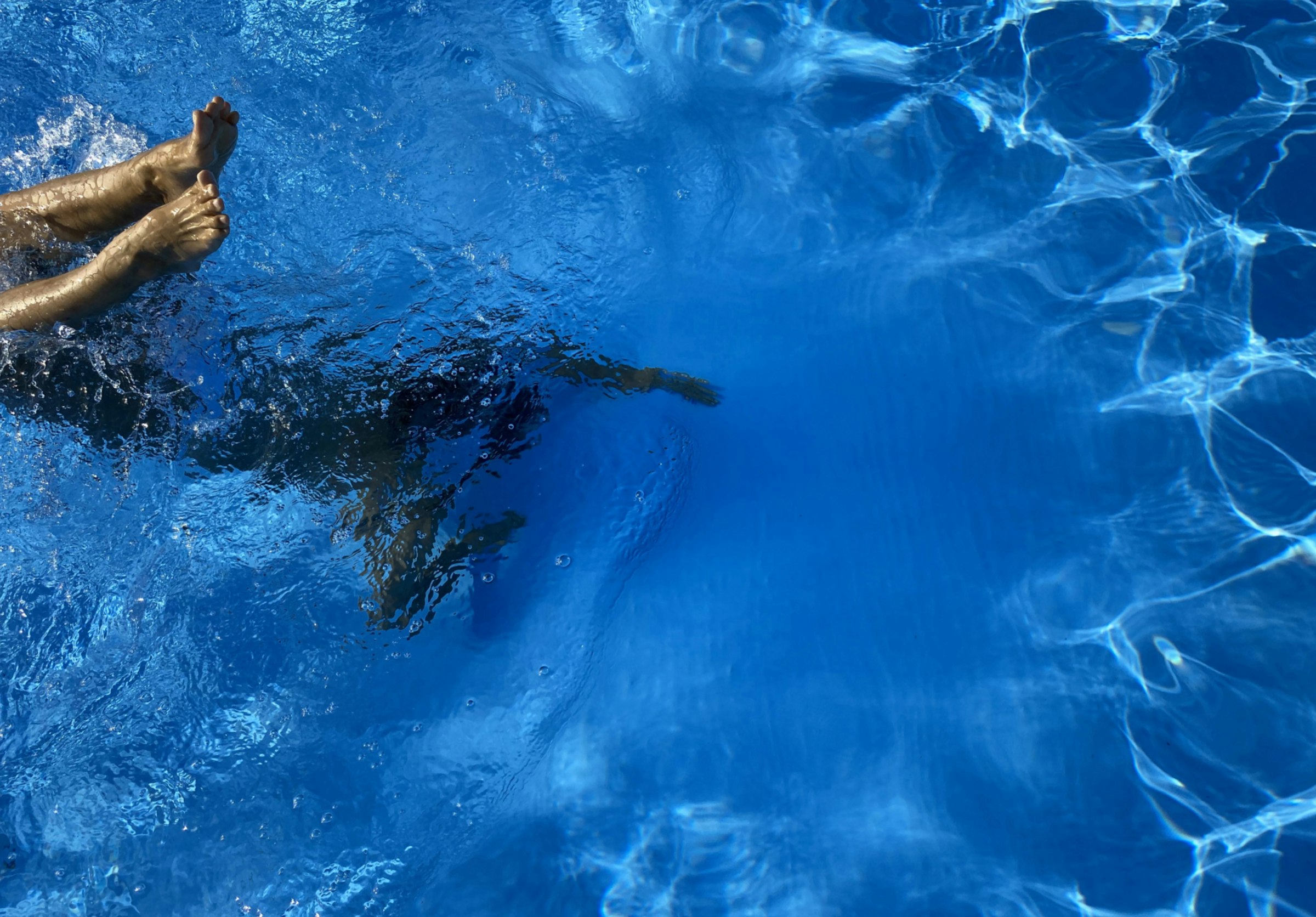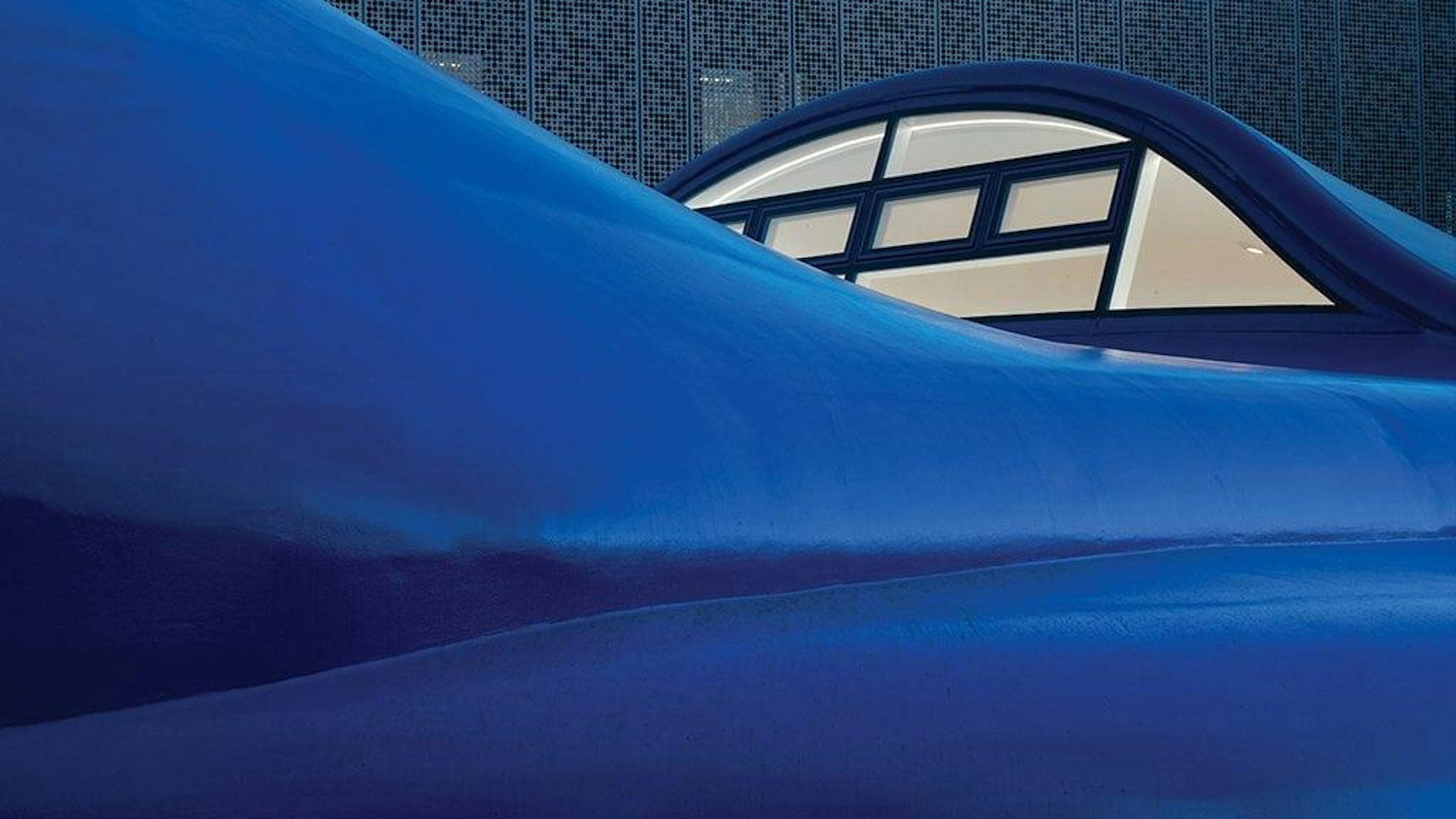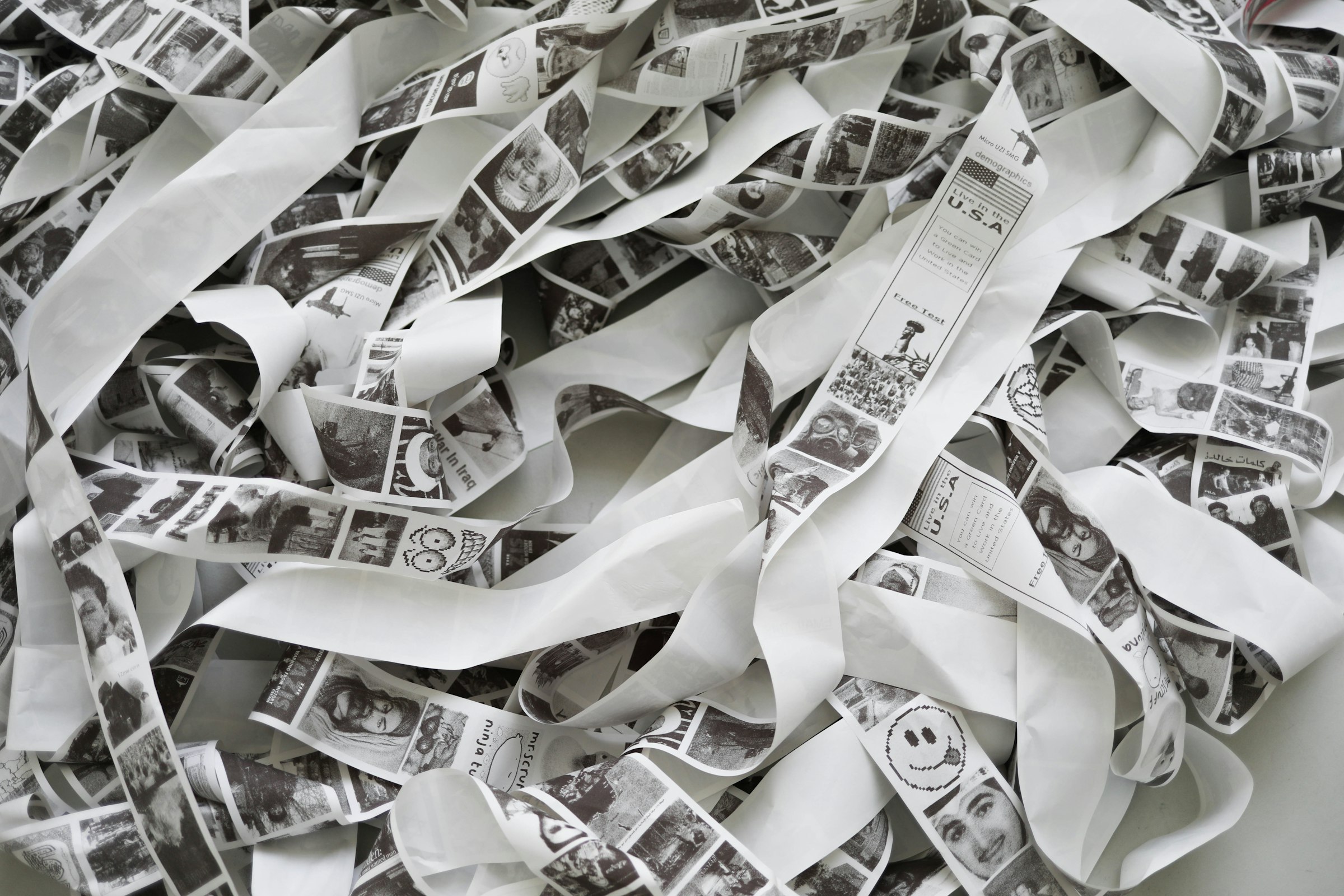
Almost half a million computer files of digital memories, family photos and videos. Episodes of TV shows, the first Ice Age movie, and a clip of 2007’s viral hit Charlie Bit My Finger... the hard drive of any suburban family, city-dweller, or iPad-totting teen.
But something about this hard drive is different. Among the 250GB of everyday imagery and content, the data tells a far less ordinary: the life of infamous terrorist Bin Laden, and his decade-long evasion from law enforcement agencies across the world.
That must have been what piqued the interest of BA (Hons) Visual Communication graduate Kurt Champion, whose second-year BA (Hons) Visual Communication work Bin Laden’s Hard Drive explores thousands of images in a visual, visceral installation examining the life, legacy, and eventual death of digital data – regardless of (in)famous owners.
Kurt explains: “I’d read an article about the CIA’s release of Bin Laden’s files and that really sparked my interest. I knew there was so much potential in the project, but the hardest thing was finding the best way to recreate data.
“I looked at putting together a book, but it felt like things I’d done before, and I needed to break out of that. I felt that the images deserved more of a platform to show how much data there was. When it’s all files on a computer, it's all stored in this kind of like small little chip. And it's like, how does all this data fit on there, and how can I download it from the Internet and pass it around?
“I worked with a thermal printer like the ones you see in shops, because translating the drive from digital to physical by printing images on a continuous roll of paper was so visual – it was alive, and it just began to fill AUB’s Drawing Studio. It became quite dominating.”
Kurt’s project aimed to embrace a concept called the ‘data lifecycle’, which charts the existence of data from its creation, through to its archive and then its destruction.
“I saw family pictures, letters to his children, to his mother, to his father, it was super personal. I felt like I shouldn't really be reading this, but I was. Throughout the process, I wanted people to make their own ideas of what the project meant. I didn’t want to seem like I was celebrating the data, but I didn’t want to seem like I was keeping it to myself either.
"It was almost ‘living’ as an installation, and it was interesting to see how people interacted with it. Some people were almost afraid, keeping their distance and others were intrigued; they came very close and asked whether they could rip bits off to keep, which I loved.”
Once the installation was in place at AUB’s Drawing Studio, arts news outlet Creative Boom picked up on the story, generating international interest and pushing the project to new heights. Soon after, Bin Laden’s Hard Drive headed to Barcelona’s Wix Playground OFFF Festival, where Kurt won the ‘On The Rise’ Award for best Creative/Art Direction.
Speaking about his use of skills, spaces, and technology at AUB, Kurt says: “After the COVID-19 lockdowns, I decided that in my final year at AUB I was really going to use the facilities as much as I could, so I tried to talk to everybody, go into every room and see what was there.
"I used so many of the facilities for this project; I went to the Innovation Studio and used the VR, the fabric printing, and the textile printers for installation work. Joseph also really helped me in the Book Binding Studio and was a huge help on my project.
“It was really, amazing and it helped me to become a better kind of creative person because of those experiences where I talked to specialists, and they explained their machines, equipment, and processes. I was so much more aware.
“My advice for students is to just break through that first door – it’s a terrible metaphor, but just keep breaking through them, because in the creative industries and in art and design, there is so much space for new ideas and new technologies, it’s incredible what is possible.
Kurt’s journey continues within the confines of the digital unintentional – human footprints left in digital worlds – as the budding art director helms a new project titled SNAFU, or Situation Normal, All F**ked Up, which imagines a world where glitches (software faults in video games) are embraced as hauntingly beautiful and imaginative art.



